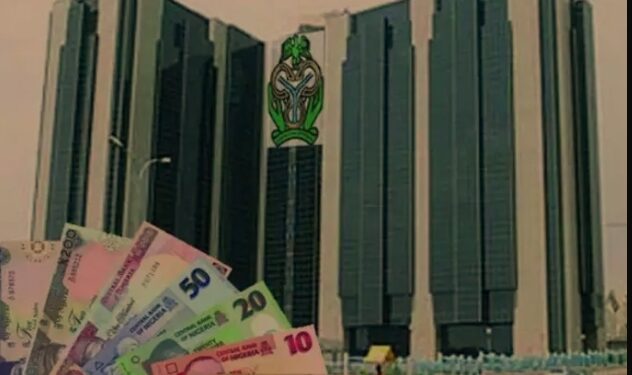The Nigerian naira hit a historic low, closing at N996.75 per dollar officially and N1090 in the parallel market.
This unexpected decline contradicted analysts’ expectations following the Central Bank of Nigeria’s efforts to clear FX backlog and boost confidence in the currency.
The naira depreciated by 12.24%, closing at N996.75 per dollar at the official NAFEM market, marking a 12.24% decline compared to the previous day and hitting a new all-time low.
Intriguingly, the intraday high and low recorded significant spreads, with an N1100/$1 high and an N744.00/$1 low.
Data from the official NAFEM window revealed a 101.32% increase in forex turnover, reaching $228.54 million at the close of trading.
Simultaneously, the parallel market saw a 5.5% depreciation, quoting N1090/$1, suggesting a convergence of official and black market rates.
Analysis indicates a narrowing gap between official and parallel market rates, approaching a 10% premium, considered acceptable in economic terms.
This alignment prompts a closer examination of the factors influencing this convergence.
Financial experts, including Dr. Biodun Adedipe, advocate for measures to strengthen the naira.
Suggestions include transparent dealings at the I&E Window, de-dollarizing the economy by declaring local transactions in US dollars illegal, and shifting crude oil sales to local refineries from dollars to Naira.
The Association of Bureau de Change Operators of Nigeria warns against naira speculation.
ABCON President, Aminu Gwadabe, attributes naira rebounds to CBN’s dual strategy of injecting dollar liquidity and mopping up naira through interest rate hikes.
As Nigeria grapples with the repercussions of the naira’s decline, implementing transparent economic reforms, engaging with banking leaders, and exploring unconventional strategies become crucial for economic resilience.











